To Justify Using Weed, Pregnant Women Cling to an Old and Dubious Study
Fifty years ago this summer, Melanie Dreher, a registered nurse and young graduate student in anthropology, landed in rural Jamaica to study how people there were using cannabis. It was the same summer of the moon landing and Woodstock, where “400,000 of my best friends were having a good time,” she said. Dreher didn’t really want to be in Jamaica. But doing fieldwork in an unfamiliar place was required by her Columbia University doctorate program, and for Dreher, who had never been to Jamaica or used cannabis, this assignment met that criteria.
Jamaica turned out to be a rich study site, and the summer of 1969 launched several decades of Dreher’s work on the cultural context of the use of cannabis, or ganja, as it is known in Jamaica. She studied men, who worked cutting sugar cane and believed ganja made them more productive, and school children, whose mothers gave them ganja tea to help them focus, enhance their health, and improve their strength and stamina. Finally, with funding from the March of Dimes — a U.S. nonprofit organization that aims to improve health outcomes for babies — and the National Institute on Drug Abuse, she turned her attention to cannabis use in pregnancy among Jamaican women.
Dreher and colleagues asked local midwives to help recruit pregnant women, some who smoked cannabis and some who didn’t. The researchers routinely visited the study subjects in their communities, which allowed them to observe and gain their trust, and that gave them a more accurate estimate of how much cannabis the expectant mothers were using than a survey administered in a clinic might yield, Dreher said.
The study included 24 newborns exposed prenatally to cannabis and 20 unexposed. At three days old, there were no detectable differences in their behavior, but at 30 days, the cannabis-exposed babies were less irritable, more stable, and had better reflexes. Those born to the 10 heaviest cannabis users, who averaged more than three joints per day, scored even higher. “The heavily exposed neonates were more socially responsive and were more autonomically stable at 30 days than their matched counterparts. The quality of their alertness was higher; their motor and autonomic systems were more robust; they were less irritable … and were judged to be more rewarding for caregivers than the neonates of non-using mothers,” reported the study, published in 1994 in the journal Pediatrics.
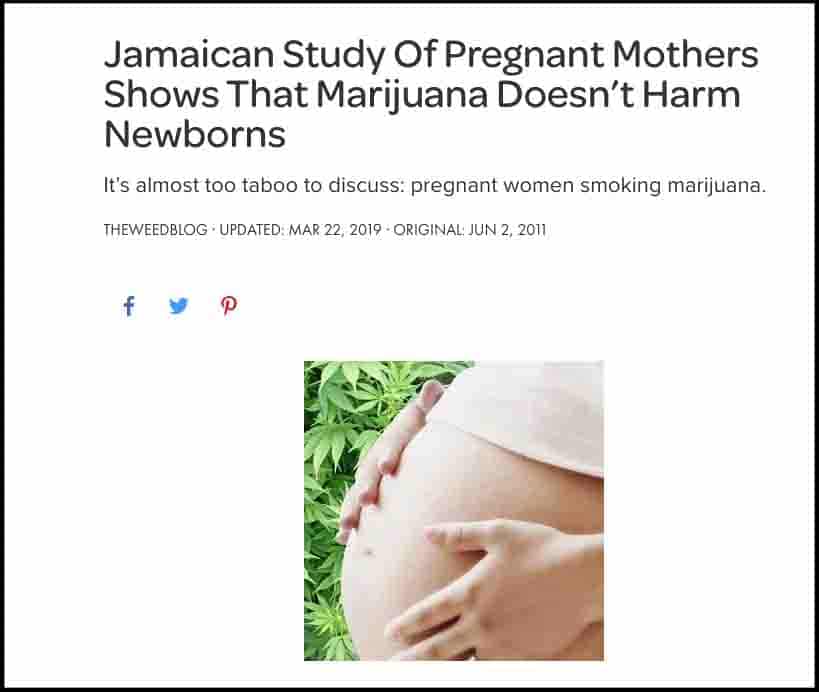
One of the many blogs and online forums touting the “Jamaica Study” as proof that cannabis use in pregnant women doesn’t harm their babies.
Visual: The Weed Blog
At the time, those intriguing results garnered little attention, “not a peep from the medical community,” said Dreher, now retired from a dual career in anthropology and nursing education, most recently as dean of Rush University College of Nursing in Chicago. “It’s not until now, 25 years later, that people are paying attention to that study,” she added. Dreher’s paper currently sits in the 99th percentile of research outputs based on the volume of attention it has received online, as ranked by the Altmetric Attention Score. Most of that attention comes from Facebook and Twitter shares by people promoting the safety of cannabis in pregnancy, not from doctors or researchers discussing the science. Her work hasn’t been taken seriously by the medical community, Dreher said, but “it was taken seriously by women who used it regularly and felt that they had been justified.”
But this view runs counter to current advice of the American College of Obstetricians and Gynecologists and American Academy of Pediatrics, which both recommend avoiding cannabis in pregnancy and while breastfeeding. Tetrahydrocannabinol, or THC, the main psychoactive molecule in cannabis, is small and fat-soluble, easily crossing the placenta into the fetal bloodstream. The blood circulates THC throughout the body, including the brain, where the molecule can interact with endocannabinoid receptors active in neurodevelopment. How that might impact a developing fetus isn’t easy to sort out, and medical groups acknowledge that the science has limitations and inconsistencies. Still, they say, there are enough studies — many more recent than Dreher’s — linking cannabis use to outcomes like low birthweight among regular users and changes in brain development to recommend against using it during pregnancy.
“The ‘Jamaica study’ continues to garner fame despite being one small study in a relatively large pool of evidence,” said Torri Metz, associate professor of maternal fetal medicine at University of Utah Health. “Anybody could find a single study that sort of supports what they would like to say, but really, we need to look at all of the studies that are out there.”
Dreher makes no claim that cannabis is good for babies, nor does she encourage pregnant women to use it. Though the cannabis-exposed babies scored higher on some measures in her study, it didn’t show that cannabis caused these better scores. In fact, the mothers who used the most cannabis also had more education, more financial independence, and fewer other children to care for, which likely allowed them to provide a more nourishing environment for their newborns. While it’s reassuring that their cannabis use didn’t seem to compromise infant development, it’s also possible that subtle effects of cannabis were masked by these advantages. In another paper published in 1988, Dreher and coauthors wrote, “Caution should be taken in making generalizations to other cultures where characteristics of marijuana users may not be similar.”
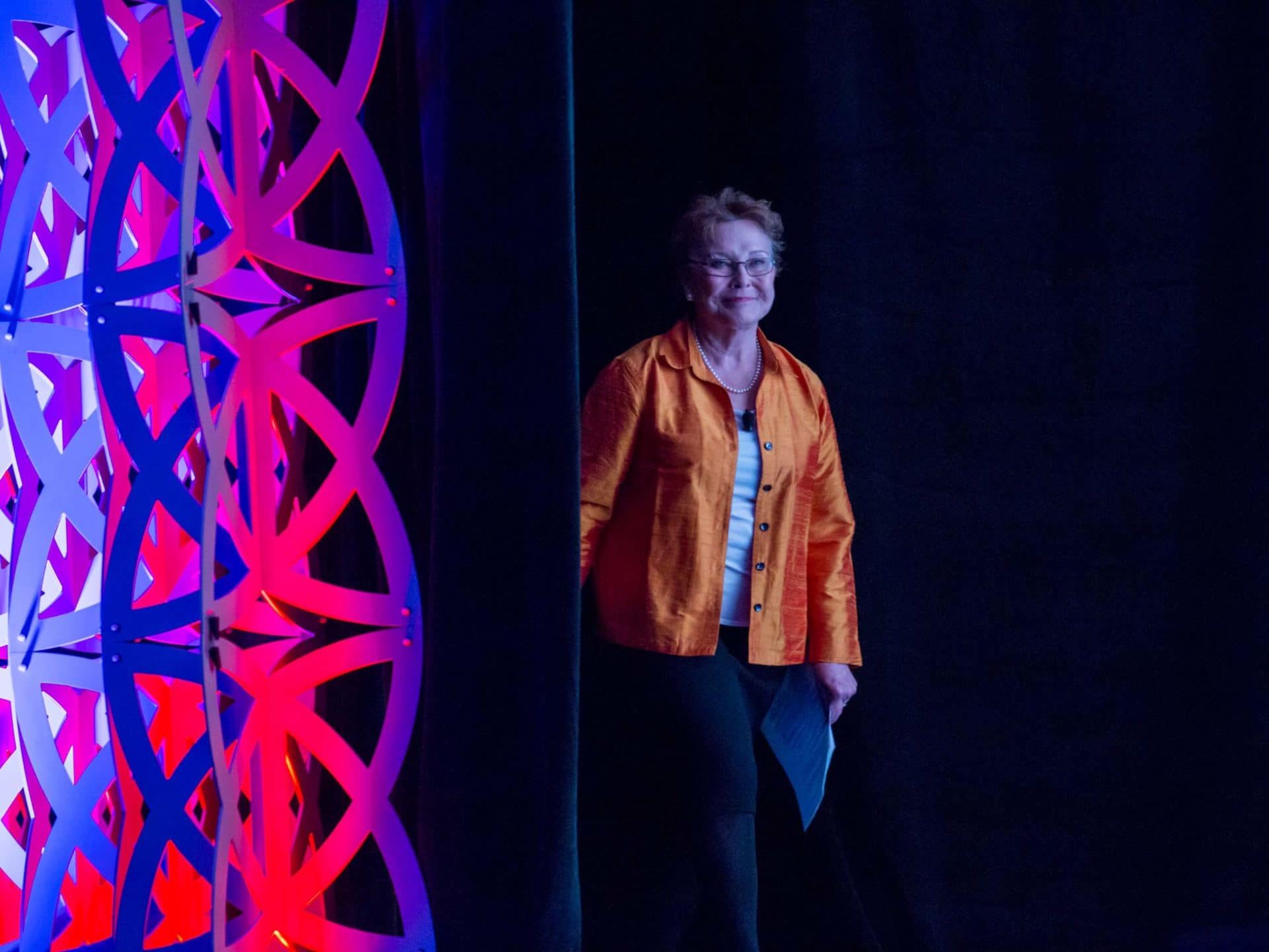
Yet online conversations between expecting parents don’t reflect this caution. Dreher’s study is shared on Reddit, Facebook, and pregnancy sites like BabyCenter.com as evidence of safety of cannabis in pregnancy. Kaycee Lei Cuesta, who writes The Cannavist Mom blog with 34,000 Facebook followers, described it in a 2017 post as “some of the best and only work on [the] topic of cannabis using during pregnancy.” It’s mentioned in a New York Times piece about women who used cannabis in pregnancy as providing comfort to one of them about her choice. Likewise, when I talked to mothers who had used cannabis while pregnant, most mentioned Dreher’s study by name, without prompting, and said that it significantly impacted their decision.
Online narratives about Dreher’s study frequently mention that the National Institute on Drug Abuse cut off her funding when her results didn’t show problems with cannabis use. Dreher said this is true, and she’s told the same account in interviews on podcasts like Drug Truth Network and The Medical Pot Guide. “That alone speaks volumes,” wrote Keira Fae Sumimoto in a 2018 post on her blog, Cannabis & Motherhood. The idea that the government and medical community don’t want people to know about this study often surfaces online. For example, when the InfantRisk Center at Texas Tech University reviewed the literature on this topic without mentioning Dreher’s research, the center was accused of bias and fear-mongering. Several commenters posted links to Dreher’s paper, with one claiming that her study “calls BS” on the center’s findings.
Women wrestling with this decision are likely to encounter these conflicting online narratives. In a 2016 study, women who used cannabis while pregnant said they wanted to know more about how cannabis might affect their babies, but their doctors didn’t offer helpful information. “They’re really not discussing it with their obstetric providers or midwives or obstetricians, but really hearing anecdotes from friends and families and searching online,” said lead author Marian Jarlenski, assistant professor of health policy and management at the University of Pittsburgh Graduate School of Public Health.
Jarlenski also analyzed online media content, finding 30 percent were neutral about risks, and 10 percent placed more emphasis on potential benefits of prenatal or postpartum cannabis use. (Pregnant women sometimes use cannabis to alleviate nausea and vomiting, although its efficacy hasn’t been formally studied, and in some cases, cannabis has been shown to worsen these symptoms.) She didn’t quantify how often Dreher’s study appeared in her analysis, but she said, “that is one that I’ve seen a lot.”
Jarlenski’s research has also shown women’s perception of cannabis as risky is dropping. And a study published in June in the Journal of the American Medical Association (JAMA) found that between 2002 to 2003 and 2016 to 2017, self-reported use of cannabis in pregnancy doubled overall in the U.S., from 3.4 percent to 7 percent. Similarly, a 2017 study of nearly 30,000 Kaiser patients in Northern California found cannabis use during pregnancy, either self-reported or measured in urine toxicology tests, increased from 4.2 percent in 2009 to 7.1 percent in 2016. Urban medical centers have found as many as 22 to 27 percent of pregnant women are positive for cannabis.
Other cannabis researchers report concerns about Dreher’s study, particularly if it’s being used to inform decisions today. “It’s a very small sample size. There’s definitely been studies that have been done with many more children that have looked at similar outcomes that haven’t had the same findings,” Metz said. In the same June issue of JAMA, an Ontario study analyzed the medical records of more than 660,000 pregnancies and found those who reported using cannabis were also more likely to have preterm birth, placental abruption, and small for gestational age babies, with lower Apgar scores — which indicate general health based on factors including muscle tone and breathing — along with greater admission to the neonatal intensive care unit (NICU).
And when the National Academies of Sciences, Engineering, and Medicine summarized the health effects of cannabis in a 2017 report, they concluded there’s substantial evidence for an association with lowered birth weight and limited evidence for an association with pregnancy complications for the mother and infants needing NICU care. For a range of other outcomes, they said that the evidence was insufficient to make conclusions, because it was conflicting or had too many methodological limitations.
Another issue with Dreher’s study, and any study of its age, is that cannabis potency has increased dramatically over time. “I would throw those studies out completely. I don’t think you could go back to those early studies and say they have many implications for what is going on today,” said Barry Lester, a professor of psychiatry and pediatrics and director of the Center for the Study of Children at Risk at Brown University. In the U.S., the THC content of illicit cannabis samples increased from 4 percent in 1995 to 12 percent in 2014, and legal cannabis obtained in 2017 in Washington state was around 20 percent THC, with some products potentially reaching 30 percent or higher. There’s little data on how this might impact fetal exposure, but a 2015 abstract described an increase in the concentration of THCA (a THC metabolite) measured in the first bowel movements of Colorado newborns from 213 nanograms per gram (ng/g) in 2012 to 361 ng/g in 2014.
The cannabis used by the women in Dreher’s study wasn’t high in THC, she said. “It was not anything like the cannabis that we have now.”
Lester also collaborated with Dreher in Jamaica in the 1980s, studying the same cohort of babies from her more well-known paper. His study, published with Dreher as a coauthor in Child Development in 1989, found that at four and five days of age, the cannabis-exposed newborns had shorter, higher-pitched cries with more dysphonation and variability. These were the same babies with no difference in behavior at three days old, but Lester said that didn’t surprise him, because the behavioral scales used aren’t typically designed to be as sensitive. “Cry acoustics has a long-standing track record of differentiating at-risk kids,” he said. “If you pick a dependent measure that you know has that kind of sensitivity, you’re obviously more likely to find effects.”
Yet for all their criticism of Dreher’s study, these researchers also wanted to talk about the limitations of the current science and the need for nuanced interpretation.
Because it would be unethical to randomly assign women to use cannabis while pregnant, the evidence we have on this question is observational and rife with confounding factors. In North America, those who use cannabis are also more likely to use tobacco, alcohol, and other drugs, and to face challenges that come with poverty, mental illness, and effects of racism. Researchers try to statistically account for these differences (indeed, each of these factors was identified and accounted for in the Ontario JAMA study), but quantifying all the inequities impacting mothers and their children is a tall order, and that’s a real limitation of the evidence we have.
That adds uncertainty to our understanding of the health risks of cannabis, said Jarlenski, the University of Pittsburgh researcher. Still, she rattled off a host of other reasons not to use cannabis while pregnant, including unstandardized potency, lack of evidence of benefits, risk of dependency, and unknowns of how it might interact with postpartum depression. There’s also a risk of being reported to child welfare services for using a substance that’s still considered a Schedule I drug at the federal level, and poor women of color are likely at greatest risk of this consequence.
At the same time, Jarlenski cautions that it’s important not to inflate the possible risks of prenatal cannabis use. This occurred with the so-called “‘crack baby’ epidemic” of the 1980s, she said, when the effects of prenatal cocaine use were exaggerated and ultimately did more harm than good to women and their families. Pregnant women need to know about possible risks of cannabis, but some may also need public health resources to help them quit, she added. Others may need advice about safer strategies for managing pregnancy symptoms, Metz said.
The largest longitudinal study of cannabis use in pregnancy includes nearly 10,000 pregnant women in Rotterdam, the Netherlands, where cannabis is available to purchase in coffee shops and is high in THC. That study found that cannabis use in pregnancy was associated with decreased fetal growth, above and beyond the effects of tobacco. At ages 7 to 10, the same kids were more likely to have externalizing problems, like aggressive behavior and rule-breaking, and psychotic-like experiences, like hearing voices. On MRI brain scans, they had thicker prefrontal cortices.
However, Henning Tiemeier, a principal investigator for the study and a professor at the Harvard T.H. Chan School of Public Health, is cautious in interpreting those results. With careful analysis, he and colleagues have concluded that the behavioral and brain differences in cannabis-exposed kids are probably not caused by cannabis but are more likely related to genetic or environmental factors, because they see the same associations in kids whose mothers used cannabis before but not during pregnancy, and in kids whose fathers used cannabis. The decrease in fetal growth couldn’t be explained by these other factors, though; it seems independently associated with in-utero exposure to cannabis, perhaps because it impacts uterine blood flow. This finding is one of the most consistent across studies of cannabis use in pregnancy, especially among heavier users.
Tiemeier emphasizes that though their work is somewhat reassuring in terms of long-term effects on kids, the question is far from resolved. Answering it has been impeded by a lack of funding and barriers to studying cannabis. Meanwhile, he says, discussions of cannabis are being driven by people who cherry-pick the science that supports what they want to believe. “I’m surprised how many people are opinionated on the basis of very poor facts,” he said.
“We are saying this again and again: Those that say cannabis is safe during pregnancy do not really know. Those that say it is not [safe] do not know either,” Tiemeier said. It’s a scientific debate that can’t be resolved with the results of one study, be it a tiny one in rural Jamaica or a large one in a modern Dutch city.
Alice Callahan is a freelance journalist based in Oregon whose work has appeared in The New York Times, FiveThirtyEight, and The Washington Post, among other outlets. She is the author of “The Science of Mom: A Research-Based Guide to Your Baby’s First Year.”




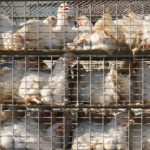

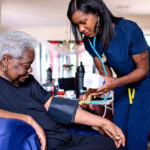



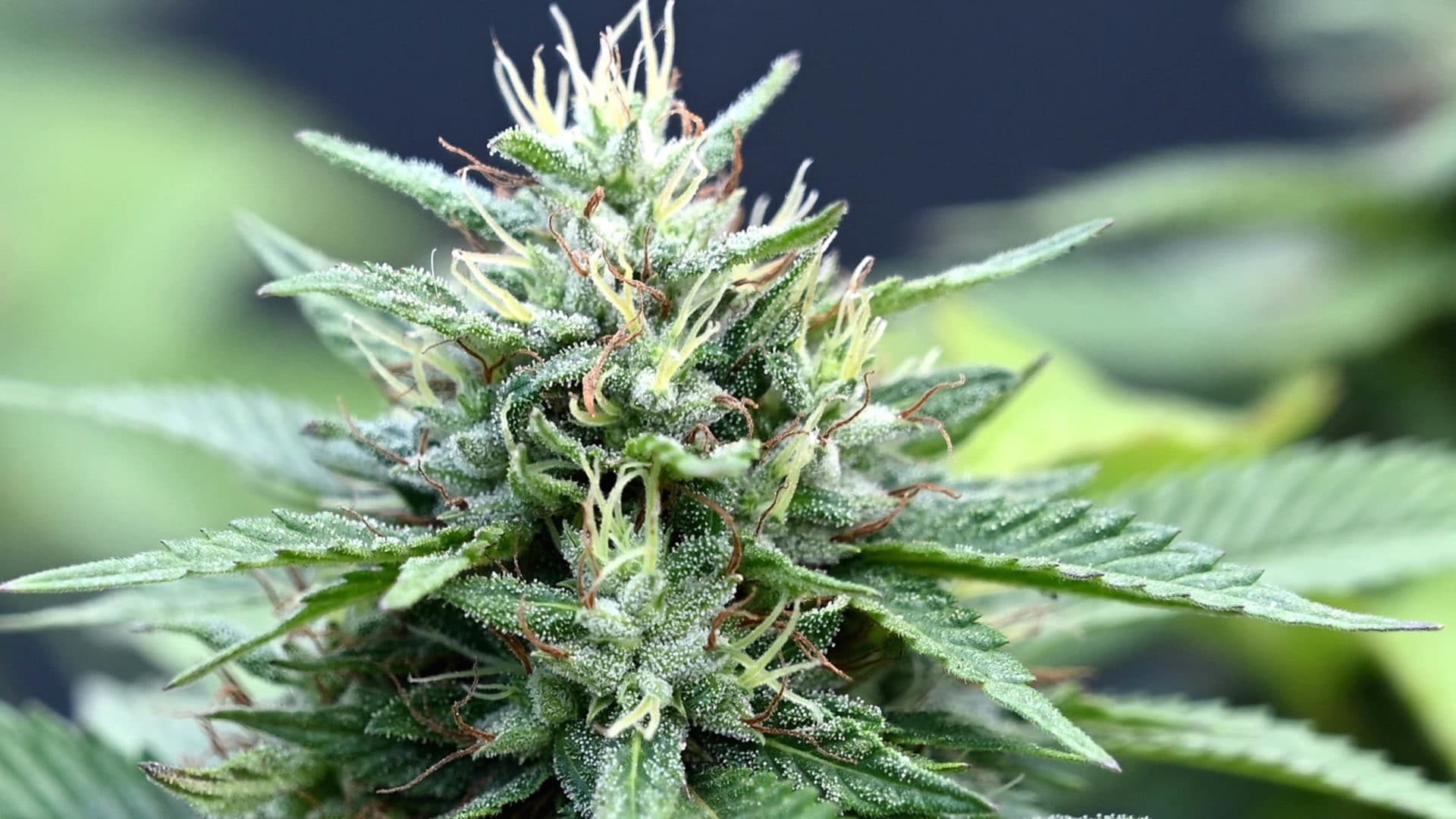
Comments are automatically closed one year after article publication. Archived comments are below.
Reefer Madness…
Author is Wrong…
Just another Shill for Big Pharma…
There are other Studies that Confirm Dr. Drehers’ Conclusions…
Women I know strated of with pregnancy illnesses whose doctor recommend meds that’s side effect were awful and the these meds dont even work. So they’ve tried cannabis in proportion and they fine no side. Government find all ways to make a profit. But seem to can’t with cannabis. Like they do tobacco. I think is because tobacco has no health benefit all all
I hate this shit I can testify tht weed helps. With pregnancy especially if your a mom who is a little more sensitive to pregnancy issues. The truth is Big pharma and other pharmaceutical companies will have big losses. 1. Weed is only one drug. 2. This one drug can replace your pharmacy drug cabinet, from minor medications to critical meds. 3. It was not made, tried or tested in a lab. 4. It was not tested on animals and rats to see if its safe for human consumption. 5. There is nothing in marijuana that can kill you are cause long or short term damage. They know thts weed is a cure for alot of illness. And if people were to become aware of this fact. It would mean they’ll be going out of business. They fight against weed just like they did jesus and both did nothing wrong.
Amen, amen, amen!!!! You stated FACTS but everyone won’t see it like some of us see it. Just like everyone didn’t accept JESUS CHRIST OF NAZARETH like some of did!!
https://www.forbes.com/sites/janetwburns/2020/05/27/cannabis-use-pregnancy-doesnt-impair-cognitive-development-study-review/
Can i buy it’s seed online from India
To ‘justify’ haha what a joke! Didn’t even have to read the article to know where the article stands, At least the Jamaican trial is based on actual evidence, if you don’t like weed just say that! we’re in 2020 you can’t make weed the bad guy anymore when it’s literally legal almost anywhere 😂 what a waste of time on an article
It’s not a drug it’s medicine you bonehead. There are more toxic man-made medications that they will substitute in place for marijuana that are more lethal to you and your infant and more toxic. Quit calling it a drug, it is safe and effective and treats many different pregnancy symptoms to make a happy and comfortable mother when used correctly. I am so sick of these one-sided articles never explaining the benefits of cannabis, women have been using it for thousands of generations it is natural is from the earth and it is made to treat all of the symptoms that come with pregnancy. It has never hurt anybody or anything and it never will. Humans are already born with an Endo cannabinoid system, and cannabisFits right into the Endo cannabinoid system in our brain like a key. It is literally for these types of situations to reduce stress and anxiety nausea loss of appetite and sleep pain so you can be a happy healthy rested comfortable pregnant woman without taking man-made drugs. I am so sick of seeing this online.
Agreed. My son was born 9 years after my daughter who’s birth weight was 6/12 and he was 8/5! I didn’t smoke at all before when I had my daughter. I’ve currently had my medical card since 2017. Obviously had to stop when finding out I was pregnant. Still discrimination ensued for using at all while pregnant. And have dealt with DCS twice as a result. I also had been diagnosed with PTSD which is not why I had my medical card but I can attest to the fact that it absolutely helped with that too. It gave me something to turn to when I had no one else to. For comfort and calming and clarity. It’s now legal recreationally in my state yet in court they are still debating my mental health based on my legal medical use! My son and daughter were both breastfed but I will say my son advanced so much more physically in a shorter amount of time than my daughter. However she was much more advanced verbally at the same age. Low birth weight argument is not true in my personal case study. Just sayin! We need new judges new laws and new doctors whose minds haven’t been poisoned by bias man made drug advocates. If you believe in God but not in cannabis I fear you suffer from cognitive dissonance so much that it may not be reparable. We still see therapy as a bad thing when it should be a required thing to have a human to speak with who has a comprehensive understanding of the complexity of mental health instead of the nonsense that is spewed by ignorant individuals in positions of power!
I smoked because I didn’t want to be put under fluids since my nausea was that bad and my baby was born 7 pounds, healthy as ever
endocannabinoid system? cannabinoids present in breast milk?
https://www.leafly.com/news/science-tech/what-is-the-endocannabinoid-system
https://cbdlifeuk.com/study-confirms-cannabinoids-occur-naturally-human-breast-milk/
How about:
[ https://patents.google.com/patent/US6630507B1/en ]
Cannabinoids as antioxidants and neuroprotectants
[ http://www.nature.com/articles/srep16921 ]
Nature: Prenatal exposure to recreational drugs affects global motion perception in preschool children (2016-Nov-9)
« …global motion perception was improved… »
« …marijuana reduced the negative effect of alcohol exposure… »
Good day, have fun!!
« …global motion perception was improved… »
« …marijuana reduced the negative effect of alcohol exposure… »
Egzoset,
I looked at the first link, this is a US patent “cannabinoids are found to have particular application as neuroprotectants, for example in limiting neurological damage following ischemic insults, such as stroke and trauma, or in the treatment of neurodegenerative diseases, such as Alzheimer’s disease, Parkinson’s disease and HIV dementia”.
Ms. Callahan’s article seems to focus on prenatal development, it seem like a stretch to use a US patent on chronic condition benefits in response to this article.
The second article looks at the brain’s response to visual stimuli in the face of alcohol, cannabis, methamphetamines and nicotine. The visual cortex is one of several parts of the brain. A quicker response to a visual stimulis is a benefit of cannabis, what about language, motor, behavioral changes?
I’m certainly not anti-cannabis in an adult, but from an evidence-based standpoint, there isn’t enough data to say that prenatal cannabis is safe or not-safe on a developing brain.
You need to do better research. They have done a follow up on that study showing no negative side effects. You’re still living in the reefer madness era clearly.
https://www.ncbi.nlm.nih.gov/m/pubmed/1957518/
Yes, there was a follow-up study published in 1991 in the West Indian Medical Journal. (Interestingly, the 5-year follow-up was published before the neonatal results, which came out in Pediatrics in 1994.)
The 5-year follow-up was based on the same group of children as the newborn study, so it had the same limitations described in the article: small sample size, with an observational design, in which the mothers who were heavy cannabis users also had more education, financial independence, and fewer children to care for. There’s also the issue of how the women were recruited for the study, which increases the chances of selection bias, as those who were better-organized, likely to show up for appointments, etc. were more likely to be included in the study.
The 5-year follow-up study had a few additional problems. For example, the researchers recruited an additional 8 children to replace those lost from the sample, and they wouldn’t have had detailed records about prenatal cannabis use for these kids. They also found a significant number of children weren’t able to complete the assessments for the study (testers characterized them as too shy and withdrawn, and some were referred to services for developmental delays) and so were just excluded from the analysis.
Finally, that there weren’t differences between the exposed and unexposed kids measured at ages 4-5 is consistent with other studies on this question so isn’t surprising. However, in other cohorts, the problems associated with prenatal cannabis use seem to arise later in childhood and adolescence, when these kids are reported to have more issues with aggression, inattention, hyperactivity, and mental illness. Whether these effects are caused by fetal cannabis exposure or just correlated with it is the part that is hard to sort out and needs more research.
The marijuana industry and it’s marketers, and believers are promoting bad science. They are getting a lot of help from industry funded academics. There is no real criticism of any of the dubious studies they promote. Marijuana is being marketed as wellness product, only because some states allowed it for people with cancer, who were suffering from nausea and pain. State refused to regulate the marketing even though the federal agencies that should have done it, are no longer functioning.
The US is the only developed nation that has rate of pregnancy complications rising, and more infant and maternal deaths. To maintain this they have to keep secret the misogyny, racism, and corporate greed involved in childbirth. Women would have had to maintain secrecy if they had used marijuana during their pregnancies, because that could lead to child endangerment charges or worse.
Ya gotta question why so many people feel like they should weigh in with anecdotal stories on sites like this. Anecdotal stories are not scientific, and believing something does not make it so.
Issue 02 of Sweet Jane magazine (www.sweetjanemag.com) dives into this very topic. Readers will learn how to discern the studies, what pregnant women need to be aware of, and what *if anything) is shared with your medical professional
I’ve written extensively on this subject, and have interviewed dozens of mothers who have used cannabis prior, during and after pregnancy, with excellent outcomes.
Cannabis strengthens immune systems of mother and child, quells edema (inflammation/infection) and morning sickness symptoms. There have been no negative effects from the THC reported. No negative developmental disorders found in the children who’s mothers smoked. In fact, if the child is autistic, there is help for them down the road with the plant.
This study is valuable and valid, and was suppose to continue for 20 years, following the children. But, NIDA who funded it, stopped it after the five year follow-up showed excellent results.
NIDA only looks for negative outcomes to justify the failed war on drugs. Cannabis should have never been put into that war. It’s a beneficial herb – one of the super foods. It’s time to dispel the myths, not continue the Reefer Madness.
Sharon did you read this article? You were literally JUST presented with some evidence showing negative effects. Thanks for a perfect demonstration of the “cherry picking” described here!
These things are complex. False assertions of certainty (from either side) just make things worse.
Please link the peer reviewed literature for the 5 year outcomes so we can all evaluate the nuances as suggested by Alice. There isn’t a drug on the planet that is completely free of negatives and all drugs are taken with consideration of costs and benefits. If you don’t provide the references you prevent individuals from doing that analysis.
I agree Sharon. In 1979 whilst pregnant with my late son, my obstetrician encouraged me to smoke cannabis (she was not so encouraging on the cigarette smoking). During hard labor I requested something for the pain & she replied “We don’t give drugs to babies.” I delivered an 8 lb, 7 1/2 oz healthy baby naturally with no complications. They didn’t induce labor then for which I am now immensely grateful. She was way ahead of her time. Wish there were more like her today.
I absolutely love your story 💜
Woooow ❤❤❤❤